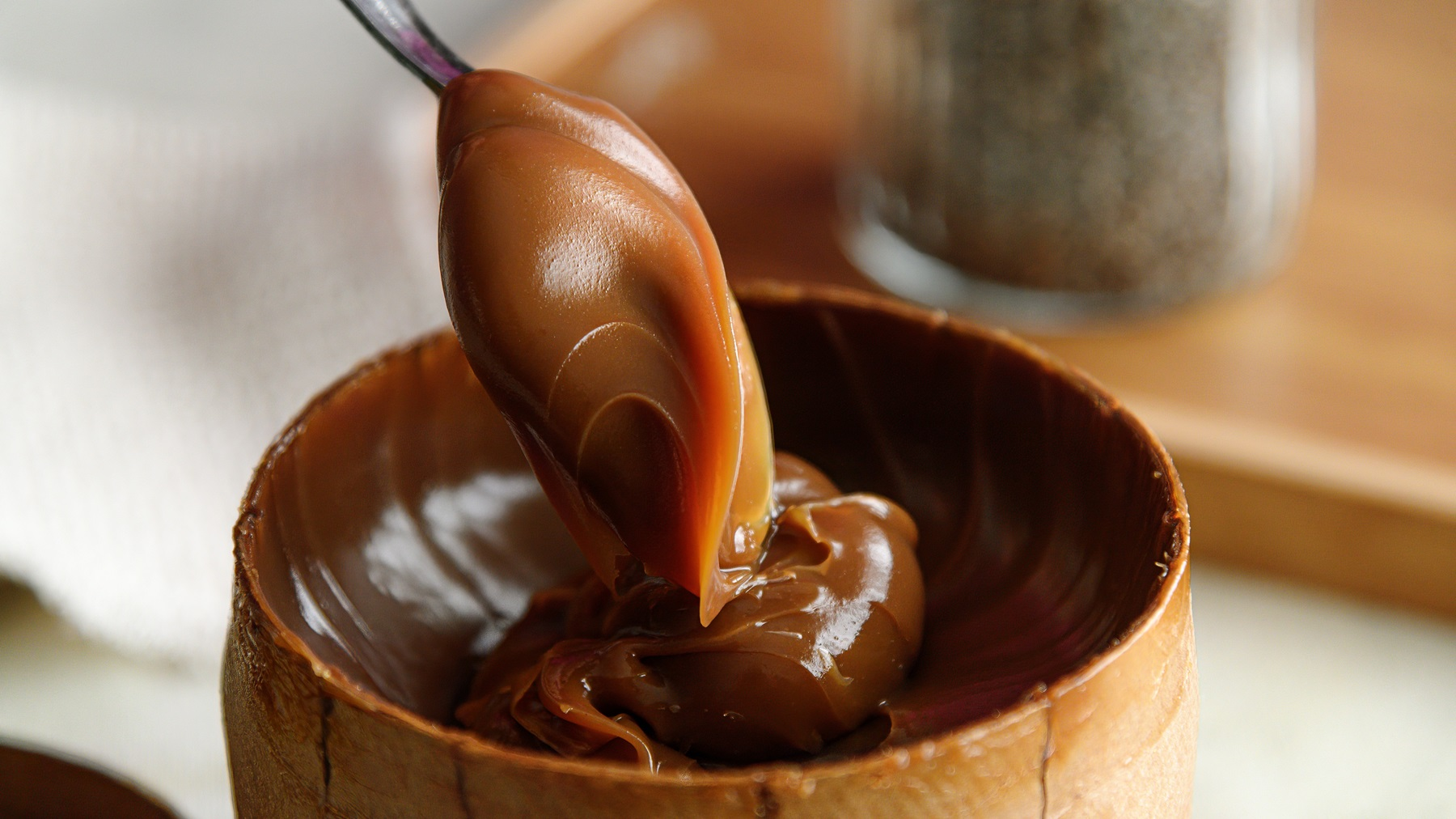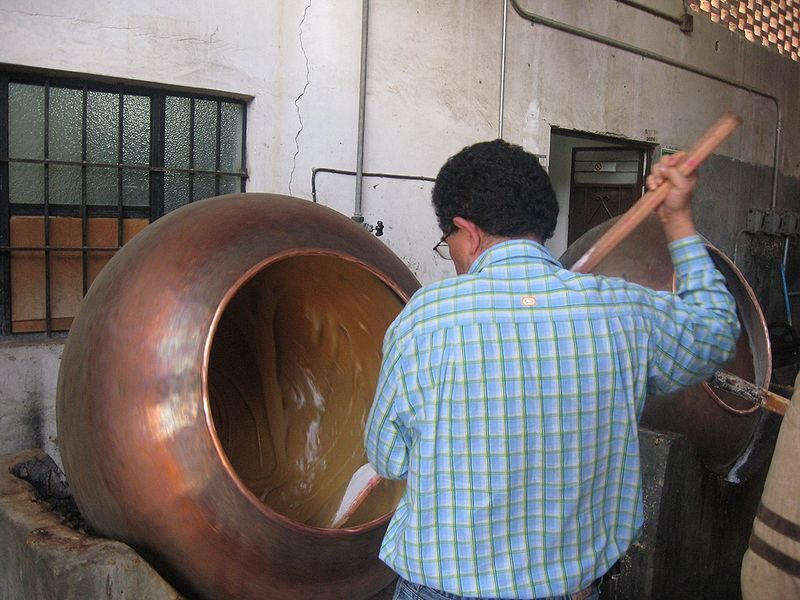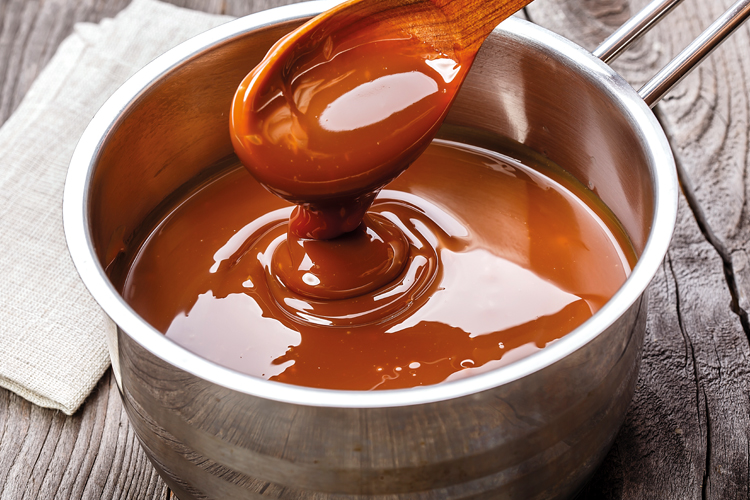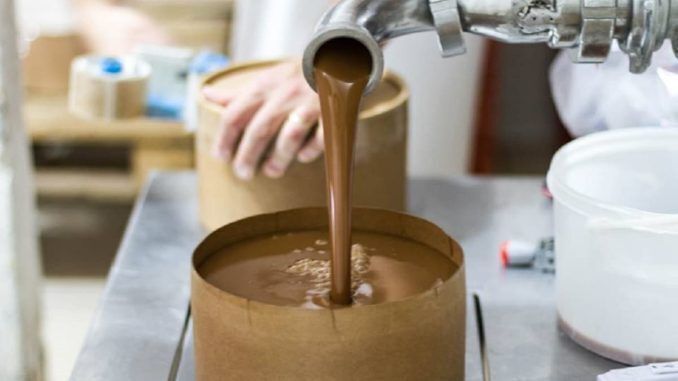What makes Argentinian Dulce de Leche so popular and where to get it abroad?
From homemade recipes to gourmet desserts, dulce de leche is a staple in millions of kitchens. But what makes it so special? In this guide, we explore its origins, unique characteristics, and why this Argentinian classic continues to grow in global popularity.
What is Dulce de Leche?

Dulce de leche is a sweet spread made from slowly simmering milk and sugar until it thickens and takes on a rich caramel color. Although the recipe seems simple, its flavor and texture are unlike anything else.
Similar versions exist in other countries, such as arequipe in Colombia or cajeta in Mexico, but Argentinian dulce de leche stands out for being smoother, less spiced, and melt-in-your-mouth creamy.
Often called a national classic, it features in alfajores, cakes, ice creams, or straight off the spoon.
When did Dulce de Leche originate?
The most widely told version in Argentina dates back to 1829 at the estate of Juan Manuel de Rosas. According to local legend, a maid left a pot of milk and sugar on the stove, and upon returning, found it transformed into a thick caramel-like substance: dulce de leche was born.
However, this story, while widely shared, is not officially verified. Similar preparations had already existed in Indonesia, France, and other regions. Uruguay also claims its invention, leading to historical disputes over its origin.
Who invented Dulce de Leche?

There is no officially recognized creator. The Rosas maid story is more cultural folklore than historical fact. In reality, milk-and-sugar preparations existed centuries earlier across Asia and Europe.
The oldest formal record of dulce de leche in Argentina comes from a signed document in Cañuelas (Buenos Aires Province) dated 1829. This adds weight to the Argentine version but does not establish it as the sole origin.
Why is Dulce de Leche so popular?
Its popularity isn't only about taste—though that's a big part of it. Dulce de leche is tied to emotional and cultural moments: an afternoon snack, a family dessert, or an alfajor in your lunchbox. That connection makes it more than a sweet treat.
Its versatility also plays a major role. Dulce de leche is used in everything from simple spreads to elaborate pastries. Its creamy texture, balanced sweetness, and subtle toasted flavor give it a sensory appeal that chefs and food brands around the world are now embracing.
Why is Dulce de Leche so important to Argentinians?
For Argentinians, dulce de leche is more than food—it's a cultural icon. Present in childhood snacks, birthday cakes, and daily breakfasts, it evokes a deep sense of familiarity and belonging.
In many Argentine homes, dulce de leche is part of daily life. Whether spread on toast, eaten straight from the jar, or layered in pastries, it is a constant. For Argentinians living abroad, it becomes a link to home and identity.
It’s not just about the flavor, but what that flavor symbolizes: a taste of where you're from.
The Dulce de Leche fact that might surprise you

The rich brown color and toasty notes of dulce de leche aren't from a special ingredient, but from a natural chemical reaction. It's called the Maillard Reaction, and it happens when proteins and sugars are heated slowly over time. It's the same process that gives bread crust its flavor and coffee its aroma. In dulce de leche, it transforms basic ingredients into something complex and irresistible.
Types of Dulce de Leche: Classic, Repostero, Light, and more

While dulce de leche is iconic, it comes in several varieties tailored to different uses and preferences:
- Classic Dulce de Leche: Creamy and smooth, perfect for spreading, drizzling, or light fillings.
- Repostero: Thicker and more concentrated, used in baking to hold structure in cakes and alfajores.
- Light: Made with reduced sugar or fat, offering a lighter option without losing its classic taste.
- Gluten-Free: Certified options suitable for people with celiac disease, increasingly available in the market.
Each type maintains the essence of Argentinian dulce de leche while offering options for different needs.
Where to buy Argentinian Dulce de Leche anywhere in the world
Finding authentic Argentinian dulce de leche abroad can be challenging, especially if you're looking for a specific brand or type. For those living overseas and wanting a simple way to get it, there’s pampadirect.
At pampadirect.com, the online store specializing in Argentinian and Uruguayan products, you'll find all varieties of dulce de leche as well as typical items like alfajores, chocolate-covered conitos, and other traditional treats—all available with international shipping.
Discover more products with Dulce de Leche here!
Shipping available to: United States, Canada, United Kingdom, Israel, France, Italy, Australia, New Zealand, Japan, South Korea, Sweden, Switzerland, Netherlands, Belgium, Qatar, Austria, and many more countries.
Recent Posts
-
Golosinas de kiosco argentino: cuáles no se consiguen afuera y dónde comprarlas online
Vivir fuera de Argentina tiene muchas ventajas, pero hay algo que casi siempre se extraña: las golos …22nd Dec 2025 -
Mate straws: types, materials, and how to choose the right one for your Mate
The bombilla is one of the most important parts of the mate experience, yet it’s often chosen withou …18th Dec 2025 -
Bombillas para mate: tipos, materiales y cuál elegir según cómo tomás mate
La bombilla es una de las piezas más importantes del mate y muchas veces se la elige sin prestar dem …16th Dec 2025
